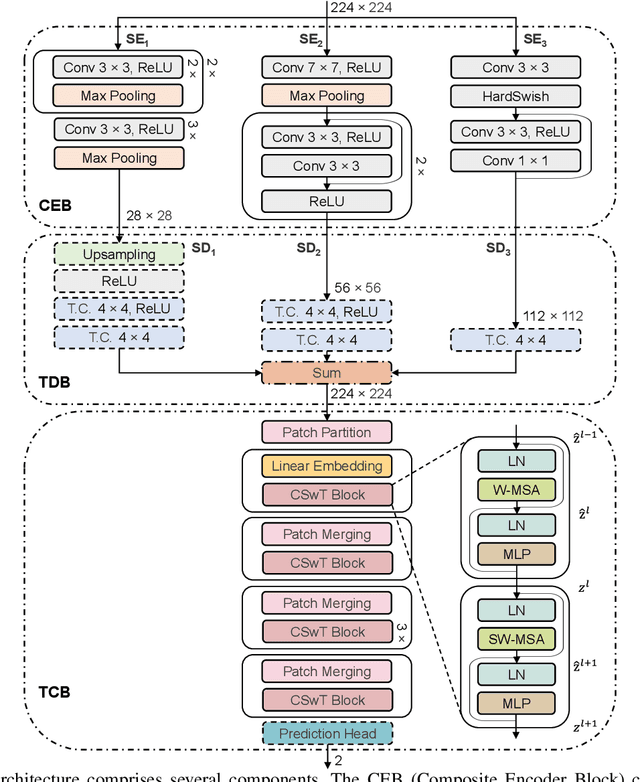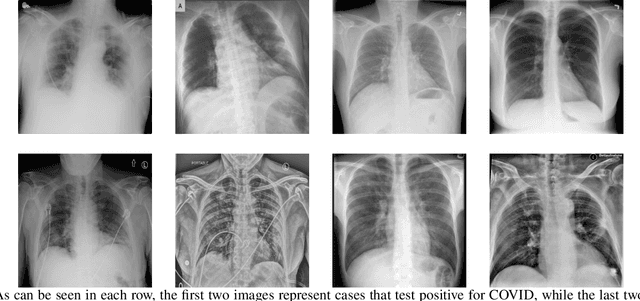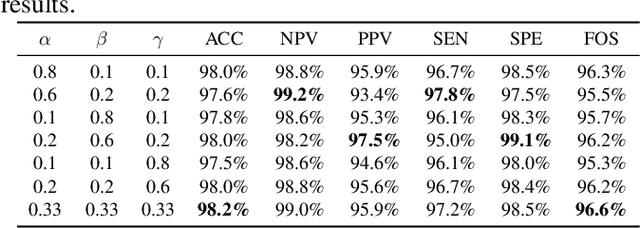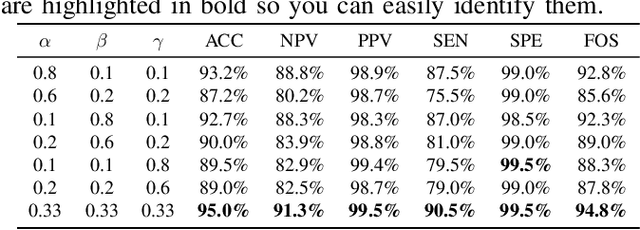Hooman Khaloo
Capturing Local and Global Features in Medical Images by Using Ensemble CNN-Transformer
Nov 03, 2023



Abstract:This paper introduces a groundbreaking classification model called the Controllable Ensemble Transformer and CNN (CETC) for the analysis of medical images. The CETC model combines the powerful capabilities of convolutional neural networks (CNNs) and transformers to effectively capture both local and global features present in medical images. The model architecture comprises three main components: a convolutional encoder block (CEB), a transposed-convolutional decoder block (TDB), and a transformer classification block (TCB). The CEB is responsible for capturing multi-local features at different scales and draws upon components from VGGNet, ResNet, and MobileNet as backbones. By leveraging this combination, the CEB is able to effectively detect and encode local features. The TDB, on the other hand, consists of sub-decoders that decode and sum the captured features using ensemble coefficients. This enables the model to efficiently integrate the information from multiple scales. Finally, the TCB utilizes the SwT backbone and a specially designed prediction head to capture global features, ensuring a comprehensive understanding of the entire image. The paper provides detailed information on the experimental setup and implementation, including the use of transfer learning, data preprocessing techniques, and training settings. The CETC model is trained and evaluated using two publicly available COVID-19 datasets. Remarkably, the model outperforms existing state-of-the-art models across various evaluation metrics. The experimental results clearly demonstrate the superiority of the CETC model, emphasizing its potential for accurately and efficiently analyzing medical images.
Efficient Vision Transformer for Accurate Traffic Sign Detection
Nov 02, 2023Abstract:This research paper addresses the challenges associated with traffic sign detection in self-driving vehicles and driver assistance systems. The development of reliable and highly accurate algorithms is crucial for the widespread adoption of traffic sign recognition and detection (TSRD) in diverse real-life scenarios. However, this task is complicated by suboptimal traffic images affected by factors such as camera movement, adverse weather conditions, and inadequate lighting. This study specifically focuses on traffic sign detection methods and introduces the application of the Transformer model, particularly the Vision Transformer variants, to tackle this task. The Transformer's attention mechanism, originally designed for natural language processing, offers improved parallel efficiency. Vision Transformers have demonstrated success in various domains, including autonomous driving, object detection, healthcare, and defense-related applications. To enhance the efficiency of the Transformer model, the research proposes a novel strategy that integrates a locality inductive bias and a transformer module. This includes the introduction of the Efficient Convolution Block and the Local Transformer Block, which effectively capture short-term and long-term dependency information, thereby improving both detection speed and accuracy. Experimental evaluations demonstrate the significant advancements achieved by this approach, particularly when applied to the GTSDB dataset.
 Add to Chrome
Add to Chrome Add to Firefox
Add to Firefox Add to Edge
Add to Edge